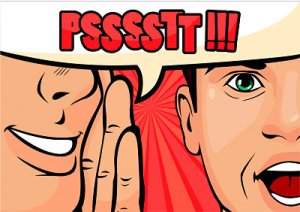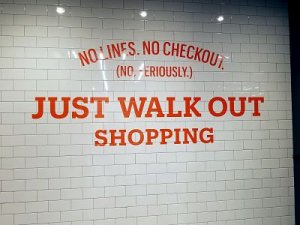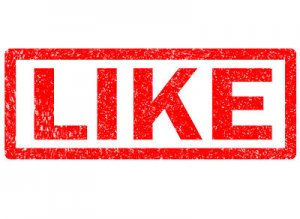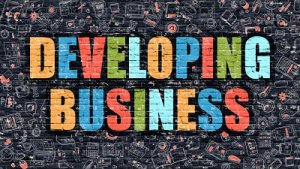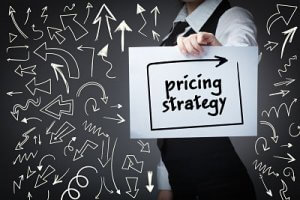From My Inbox
August 28, 2019
 I thought rather than do a deep dive into a specific topic, I would take this opportunity to answer some questions that you’ve sent in recently. Useful marketing information but served up snack-sized!
I thought rather than do a deep dive into a specific topic, I would take this opportunity to answer some questions that you’ve sent in recently. Useful marketing information but served up snack-sized!
We’d like to have a much larger email list. Should we buy a list and start from there?
While there are few absolutes in marketing, buying an email list is rarely a smart strategy. The CAN-SPAM Act makes it pretty difficult to blindly market to someone who has not requested it or given you permission to send them something.
Even if CAN-SPAM wasn’t around, it’s still not a very effective way to build an audience. Think about how many unsolicited emails you receive every day. How many do you ever glance at, let alone actually read?
Everyone’s inbox is so crowded with junk, the SPAM filters are so much better and we’re all pretty good at triaging our emails at the speed of light – so the odds of you breaking through and actually making a meaningful connection are pretty slim.
Ideally, you’d grow your list by being interesting and offering value. If you’re helpful enough – you’ll draw a crowd. But if you absolutely need to jump-start your email list – do it with direct mail.
Yes, direct mail. The hottest “new” media around. With everyone shifting to digital communications, our mailboxes are much less crowded. A well-designed piece with a grabber of a headline can really work wonders. In your direct mail, offer the recipient something of value that they can download off your website. Require an email address and voila – your list is growing!
We’ve been doing an e-newsletter for about a year and we don’t seem to be gaining any traction. Can you look at a sample and give us your feedback?
Drew’s note: You don’t need to see the sample for these suggestions to be meaningful.
Here are some suggestions I would make to increase your e-newsletter’s effectiveness.
Actually publish it consistently, rather than hit or miss: Either do it or don’t do it. Inconsistency demonstrates your own opinion about the content and the value it provides. It should never be an optional activity. Remember, this is a tool for earning the trust of your potential customers. If you can’t honor your own deadlines, why would they think you’d honor theirs?
Less about you: On average, 80% of your content was about you. Your projects, your awards, your specials, and your people. Honestly – your audience doesn’t care that much about you. Create content that is useful to them in their lives and if you must talk about yourself – no more than 10-15% of any e-newsletter. And you should never be the lead story!
It’s not a novella: People aren’t going to read the equivalent of three pages of articles at one sitting. Cut back to 3-4 stories and don’t let any of them run longer than 500 words. Even that is too much, but it would be an improvement.
Be kind to their eyes: Remember, your audience is reading this on their computer, tablet or phone, so be gentle. Give them plenty of white space and make the copy concise. Use bullet points and visuals to make it easier to read.
Let me know if these tips were helpful to you and keep writing!
More
